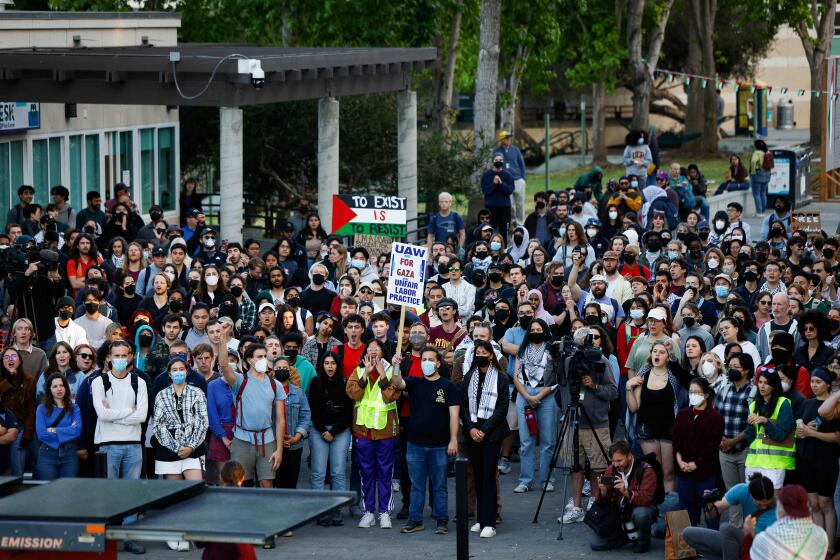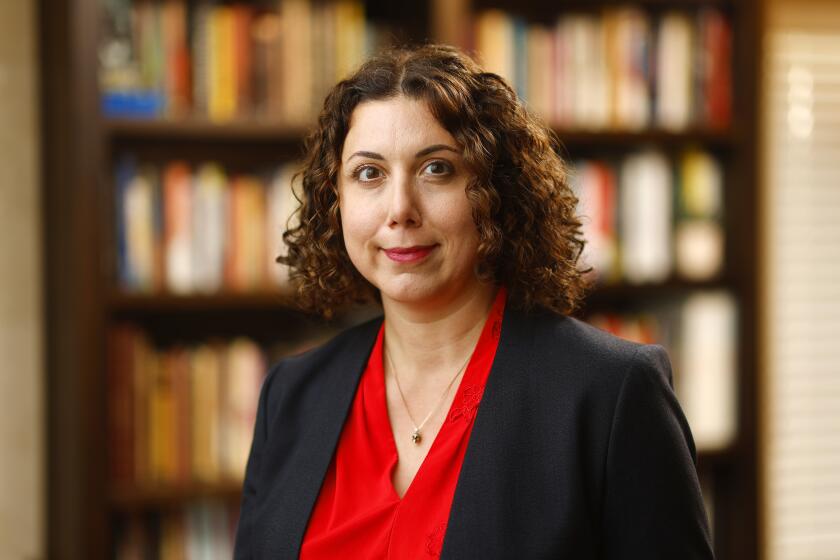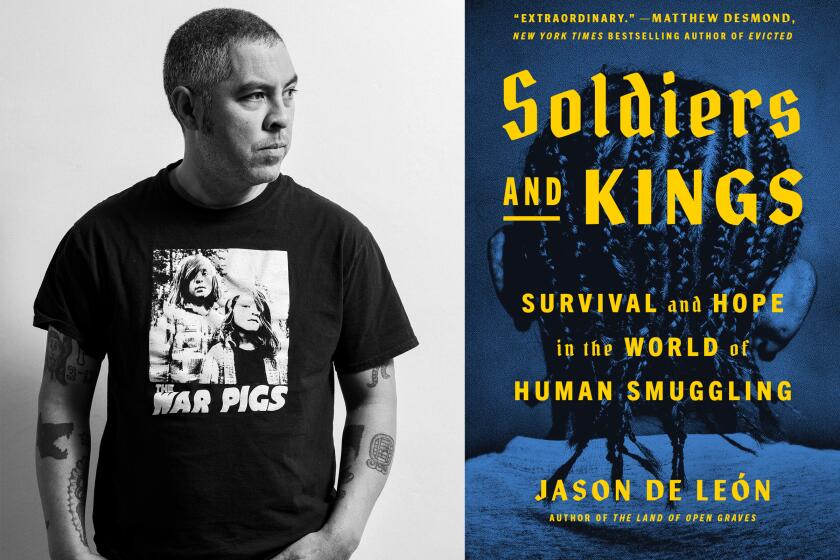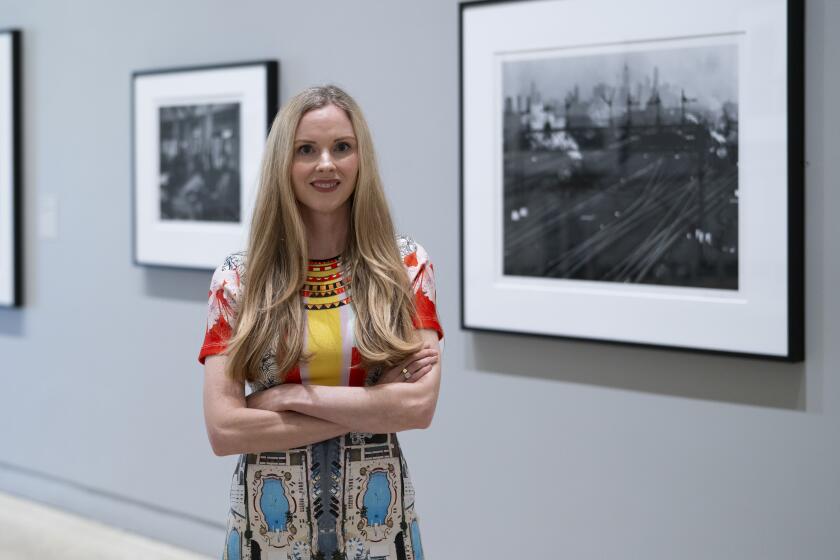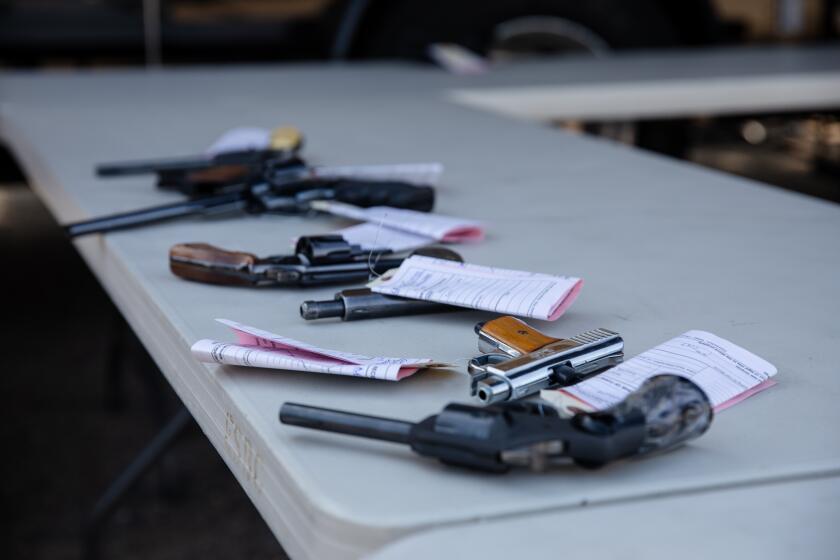Afghan photographer shares ‘positive side’ of home country in library exhibition
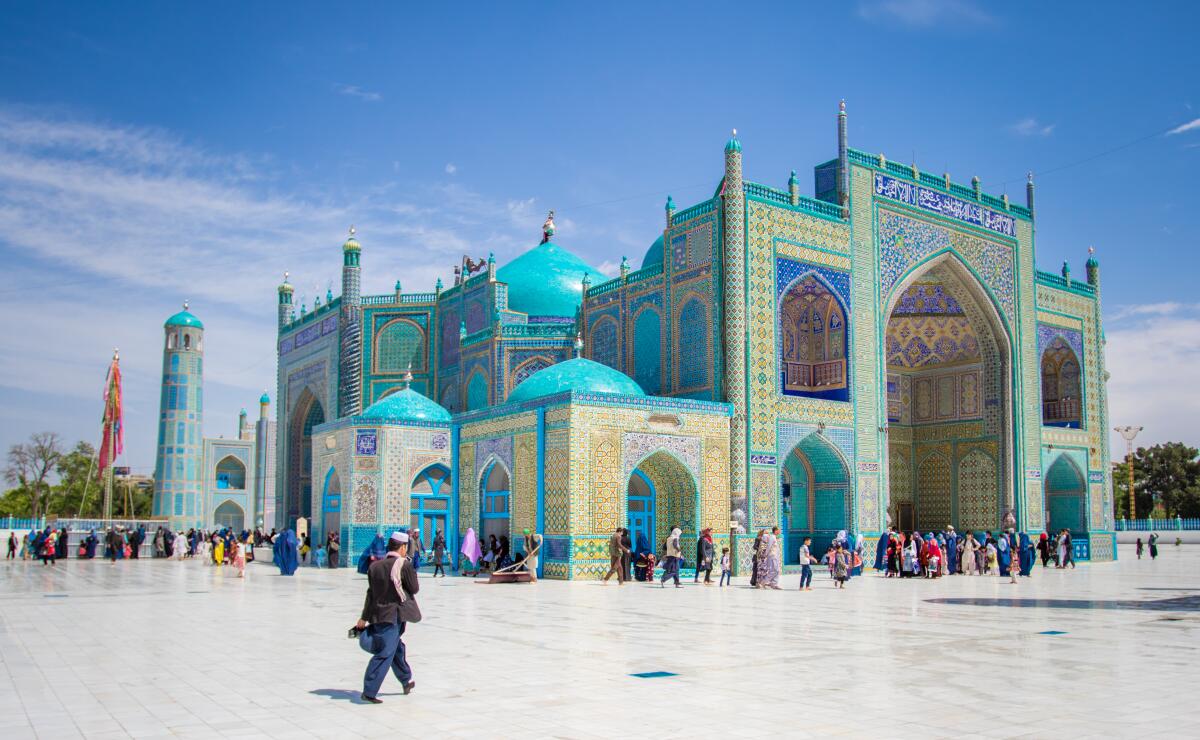
Omer Khan is a photojournalist who left Afghanistan when the Taliban resumed power in 2021
There are familiar images: a man selling balloons, kids flying a kite, the passion captured in the throes of playing the national pastime, people walking past a religious place of worship, or a group of children excitedly scrambling to look at the digital images a photographer just took of them. The difference is that they were all taken in Afghanistan.
Omer Khan is a photojournalist who was born and raised in Kabul, earning a journalism degree there and selling some of his photography out of a space at the U.S. Embassy since 2015. In 2021, he and his wife, son, and brother evacuated on a military flight after U.S. troops withdrew and the Taliban resumed power. Among the tens of thousands of refugees who left the country, they settled in San Diego where he began exhibiting images from his self-published 2019 book, “Hidden Treasure,” which he created “to show the positive side of Afghanistan to the world.” Previously on display in Oceanside, where he also answered questions about his home country and his work there, about 20 of the 250 pictures from his book are currently on display at the El Cajon Library through Wednesday.
Initially here on humanitarian parole, which provides two years of benefits to Afghan nationals set to expire Sept. 30, Khan says that he, his wife and their 3-year-old son were granted permanent resident status this past June. Although the couple was working at a local Subway, they moved to Dallas in April for a job he found as a sound technician with an event production company; their plan is to return to San Diego in October. He took some time to talk about his photography, sharing an often unseen side of his home country, and the kind of life he would like to build in America. (This interview has been edited for length and clarity.) Khan’s quotes have been edited to maintain the way that he spoke during our interview as a non-native English speaker.
Q: What images will people see if they visit your current photography exhibition at the El Cajon Library?
A: These are photographs from Afghanistan that I first present at the Oceanside library. Now, we are showing these photos at the El Cajon Library. These are the photos from Afghanistan — the positive side of Afghanistan, the landscape from Afghanistan, the smiley faces of people of Afghanistan, the national sport of Afghanistan. These are all positive pictures of Afghanistan because people always see and hear Afghanistan by the name of war in the country and they didn’t have any good image from Afghanistan. Since I moved to U.S., I’m trying to get exhibition in U.S. to show the Afghanistan pictures.
Lots of my American friends that I was working at the U.S. Embassy in Afghanistan back in 2015 to 2021, they know me and I have lots of contact with them. One of my friends, she worked at the Oceanside library, also she saw my [previous] interview with the San Diego Union-Tribune and she asked me if it’s possible to exhibit my photos. Then, we arrange an exhibit at the El Cajon Library. Right now, there are maybe around 20 photos. This last June, I went to Washington, D.C.; there was a refugee festival by the name of the One Journey Festival. I present my photos over there and some of my work over there.
Q: Before leaving Afghanistan in 2021 when the Taliban resumed power, you had worked as a photographer at television stations and nongovernmental organizations. What inspired your photography when you were taking pictures back home?
A: My background was I was a calligrapher myself. I love arts, and when I joined the [department] of journalism, the first semester of university I read about a camera and photography that made me inspired and become in love with the camera. Then, I started photography, but since I saw the people that they feature of Afghanistan, I saw they just have bad in the media for Afghanistan. All the world, the media of Afghanistan [was negative] and that made me to photograph positive side of Afghanistan. I published a photo book in 2019 by the name of “Hidden Treasure” and I published that photo book because I want to show the positive side of Afghanistan to the world.
Q: What catches your eye/inspires your photography since arriving in San Diego?
A: Whenever I become free from work, I do street photography. I love street photography a lot. The main reason I still do photography is because it is my passion and I love it. It makes me feel free, makes me feel comfort to do photography. Yeah, so whenever I become free [from work] I just take my camera and walking sometimes in the beach, taking pictures. Sometimes, early morning, going downtown and to take a picture of daily life, like people running to their jobs, and find a good subject for photos. Outside of that, small events, big events; depends on the people, what kind of contract I get.
For myself, usually, I like street photography, a sunset, landscape photography, the beach, landscape photography of the city. These kinds of photos. When I take my camera, I feel comfortable with my passion. Whenever I take pictures, I feel very comfortable. I love to take pictures. I search a lot to work in my own field, but it’s still a little hard to work in the U.S. in the same field and find a job, but I don’t want to lose, to forget my passion. That is why I do it, to continue my own passion.
Q: Your book features photographs from across Afghanistan and was something you created to “show the positive side of Afghanistan.” How would you describe what that positive side is to people who’ve never been there? To people who’ve only seen news images of war and the Taliban?
A: When I was working at the U.S. Embassy, whenever people saw my pictures at the coffee shop, they say, ‘Oh wow, Afghanistan is that much beautiful?’ I say, ‘Yeah, you never hear about this location?’ He or she say, ‘No, we just saw all the news, the explosion, the fighting, war.’ It gave me the main reason I shoot the photos. Afghanistan have very beautiful landscapes, beautiful national parks, and also a lovely people. Every day, tourists and people come and they are surprised, saying, ‘We never seen such beauty in other countries.’ A lot of countries, they have the same thing, but every country has a different view from each other. Afghanistan has lots of beauty, the mountains of Afghanistan. Afghanistan is a mountain country, so the mountains are very beautiful and this is the beauty side of Afghanistan. I’m going to show the people. Whenever you search about Afghanistan, at first, the pictures in the internet come to war, so my main purpose is to show the actual location of Afghanistan, the beautiful landscape of Afghanistan, the national game of Afghanistan, the people of Afghanistan. It never shows the people. Whenever you search about Afghanistan it always shows, the first pictures from the internet come? The war in Afghanistan. So, it was my main purpose to show the ancient location of Afghanistan; the beautiful landscape of Afghanistan; the national game of Afghanistan; the people of Afghanistan, that they are very kind and they’re just people. The world, they know Afghanistan as a war country and the people can look not like normal people, they all grow up in the war or these things, but actually, the people are very kind. Whenever I had some friends, tourists or journalists from other countries, when they walking with me around Kabul, taking pictures, they were surprised that shopkeepers or restaurant people will offer them free food or something. They say, ‘Oh, we never had something in other countries. They never offered like that. [People here] have too much kindness.’ This was the main purpose [for my photos], to show the positive—landscape, people, ancient locations.
Q: Since you and your family are able to remain here as permanent residents, what kind of life do you ideally envision for yourselves? What would you like your life here to look like in 10 years, 20 years?
A: I have a goal to have my own house. This company that I’m working for, they have their own university to study about the services they are doing—marketing, 3-D graphics, everything—so I can improve in the same company that I’m in my career, too. So, outside of that, having my own house. My wife, she also wants to study. She was my classmate in Afghanistan, she also graduated in the [department] of journalism. She know English; she cannot speak a lot, but she understands, so she wants to improve her English language to get a good job. For now, she is happy to do any kind of job.
I just want to have a happy life, my own house, and enjoying my life.
Get Essential San Diego, weekday mornings
Get top headlines from the Union-Tribune in your inbox weekday mornings, including top news, local, sports, business, entertainment and opinion.
You may occasionally receive promotional content from the San Diego Union-Tribune.

